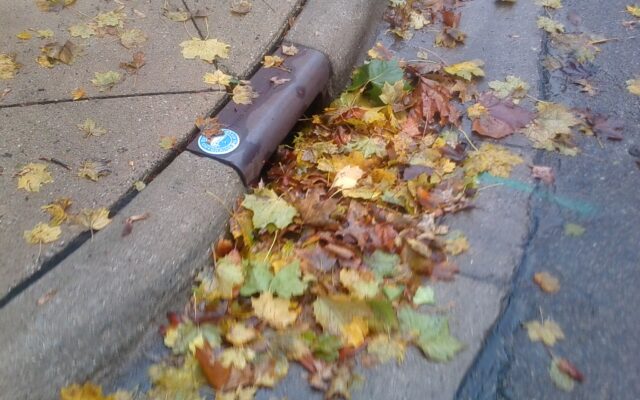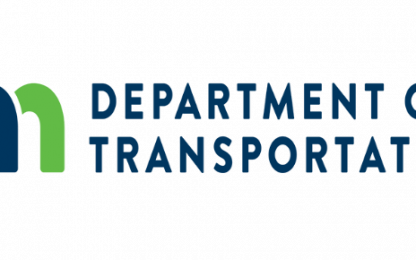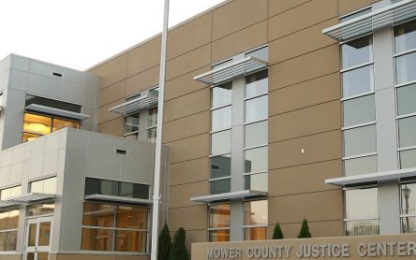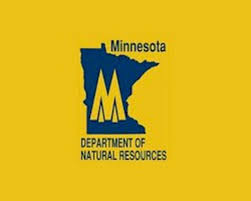Residents of Austin urged to help clear leaves this fall

As trees are dropping leaves, Austin residents are encouraged to help protect local waterways by removing excess leaves from their yard, curbs, sidewalks and neighborhood storm drains.
Residents can bring leaves and other fall yard waste, such as grass, flowers and plants, to the city’s annual drop site on the north edge of Austin, starting this Saturday, Sept. 23. Located just off U.S. 218 North in the Creekside Business Park (formerly known as the Cook Farm), the drop site – 1200 27th Ave. N.W. – is free and open to the public from dawn to dusk seven days a week through Nov. 26.
No branches are allowed at the site. Those using the leaf drop-off location also are urged to help keep it clean by disposing of plastic bags used for yard waste in the containers offered there.
Austin has 2,371 storm drains that take in stormwater and snowmelt from roadways. This water then travels through 77 miles of stormwater piping before emptying from 206 outfalls or outlets along streambanks, including the Cedar River, Dobbins Creek and Turtle Creek.
When fall leaves can decompose on the ground where they land, they help restock the soil with nutrients and organic matter, according to the Minnesota Pollution Control Agency (MPCA).
Leaves on streets, sidewalks and other hardscapes in urban areas, however, can get washed into storm drains and end up in rivers and lakes, where they feed algae growth. When algae decomposes, it uses up oxygen needed by fish and native plants.
The volume of organic matter from leaves from whole cities or neighborhoods in urban areas can overwhelm a waterway when they wash into it, MPCA says.
To help local streams, MPCA recommends residents rake leaves that accumulate along your curb, sidewalk or alley several times during the fall. This helps keep leaves out of storm drains. You also should never rake leaves into the street even when you know a city street sweeper is coming.
It is illegal to put leaves in with regular trash and you are not allowed to burn leaves in the city.
You also can help by keeping storm drains clear, including by taking part in Austin’s Adopt-A-Drain program on your own or with a group. Under the program, volunteers sweep up leaves, trash and other debris off the surface of their adopted storm drain and report the amount of debris removed. This also helps prevent localized flooding from heavy rain storms.
Whole or shredded leaves can be used as mulch, which benefits the soil and reduces weeds. On the lawn, use a mower to break apart leaves so they fall between the blades of grass. Make sure, however, to not allow the leaf layer to get too thick.
Those interested in adopting a city storm drain can view options on the city’s website at:
gis.ci.austin.mn.us/portal/apps/sites/#/city-of-austin-public-hub
Nearly 30 litter grabbers are available for volunteers to borrow for cleaning up areas of the Austin community, including shorelines, parks, storm drains, boulevards and trails.
Thanks to an Austin Area Foundation grant in 2019, CRWD purchased 20 litter grabbers with a 4-foot reach for community cleanups. The litter grabbers are kept at the CRWD office, the city’s Jay C. Hormel Nature Center and the Austin Public Library, where they can be checked out with a library card.
Due to a high demand, Austin Parks, Recreation & Forestry Department bought more litter grabbers with a smaller reach that’s easier to use for children and some adults.
In related efforts, the city of Austin began in spring 2021 to operate double shifts with its two street sweepers to expedite the street-cleaning process in one-third of the usual time once the winter’s snow and ice has melted away. This helps waterways by removing salt and sand left from the sides of roadways.
Removal keeps the material from being swept by rain into the city’s stormwater system. This helps lower the amount of bacteria, chemicals, chloride from deicing salt and other pollutants from entering local waterways.
During the 2021 street-sweeping season, for example, city crews removed about 500 tons – nearly 1.1 million pounds – of debris from Austin’s roads.







